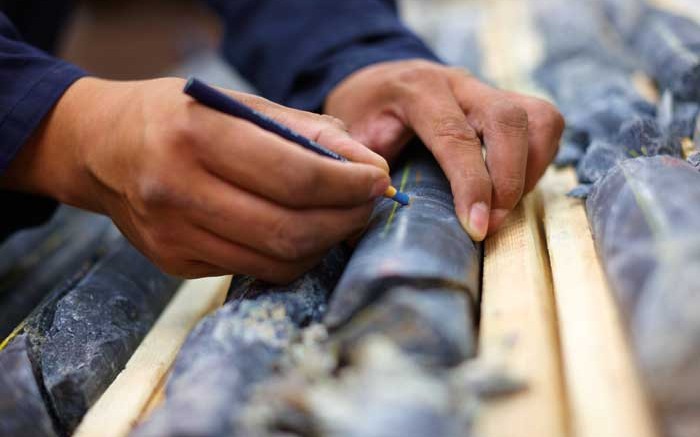Royal Nickel (RNX-T) has something to cheer about with a positive feasibility study tabled on its large-scale Dumont nickel-sulphide project in Quebec’s Abitibi region, 25 km west of the city of Amos and 60 km northeast from the mining city of Rouyn-Noranda.
“The results demonstrate we have a technically and economically sound project that generates over US$1 billion in value,” Tyler Mitchelson, the junior’s CEO, said in a webcast. “The study confirms that Dumont can be one of the world’s top-five nickel sulphide producers when it’s up and running. It will generate over US$27 billion in nickel revenue over a 33-year project life [based on reserves].”
Annual nickel production should average 104 million lb. for the first 20 years and 68 million lb. for the remaining 13 years, as it processes lower-grade, stockpiled ore.
Dumont’s economics have dropped slightly from an updated 2012 prefeasibility study, notes John Hughes, an analyst at Desjardins Capital Markets. On an after-tax basis, the project’s net present value (NPV) at an 8% discount rate equals US$1.1 billion, with a 15.2% internal rate of return (IRR), compared to a NPV of US$1.4 billion and an IRR of 19.5% previously. Payback is anticipated in 6.1 years.
Commenting on the lower NPV, Mitchelson says about US$100 million of the reduction is related to two royalty financings where the company raised US$27 million in the last year. “This provided the cash in the bank that has allowed us to aggressively advance the Dumont project, and also gave it to us in a non-diluted form,” he explains.
The remaining US$185-million reduction in the NPV came from a combination of factors, including higher capital and mining costs and slightly lower nickel recoveries, which dropped from 45% to 43%.
The anticipated cost to build the project is US$1.2 billion, up 7% from the previous US$1.1-billion estimate. Mitchelson says the increase is “primarily driven by the size of the building for the mill, we added some equipment . . . that has expanded the footprint, so that has added some dollars.” He notes that higher input costs, particularly for concrete, have also lifted costs.
On the operating side, the net C1 cash costs are up 6% to US$4.31 per lb. nickel, from US$4.07 per lb. The increase is tied to higher mining costs for Dumont’s layout revisions, which have expanded hauling distances and impacted equipment selection, Mitchelson says.
Some of the modifications to the site include relocating the waste and stockpiles and redesigning the pit to lower the noise and dust emissions, the company explains in a June 17 release. It has also moved the mill to a larger rock outcrop to minimize geotechnical risks and substituted a large rope shovel at project start-up with two smaller hydraulic shovels to improve flexibility and reduce initial capital costs.
The proposed mine is designed to recover material at a rate double the capacity of the mill, Mitchelson says, maintaining this will lower the risk of feed shortages and allow higher-grade material to be processed earlier on.
Royal Nickel intends to build the process plant in two phases, with throughput in the first phase averaging 52,500 tonnes per day. During the fifth year of operation, it would ramp up throughput to 105,000 tonnes per day for the second phase, slated to last 15 years. The mine would also be producing an average of 4 million lb. cobalt and 19,000 oz. platinum group metals per year over the 33 years.
With the feasibility in hand, the junior plans to line up financing and complete permitting by mid-2014, after which it will kick off construction, with project commissioning targeted in the first half of 2016, followed by production later that year.
It plans to get US$600 million through debt financing and is considering selling a minority interest in Dumont, streaming its precious metals, and other off-take agreements.
Dumont’s updated reserves used in the feasibility total 1.2 billion tonnes grading 0.27% nickel, 107 parts per million cobalt, 0.019 gram palladium and 0.009 gram platinum for 6.9 billion lb. nickel, 278 lb. cobalt, 716,000 oz. palladium and 328,000 oz. platinum.
The market response to the study has been muted, with the stock dropping 16.7% over several days to close June 19 at 37.5¢.
Hughes of Desjardins has shrunk his target price to $1.45 from $1.95, while maintaining a “buy” rating.


Be the first to comment on "Royal Nickel’s Dumont reaches feasibility"